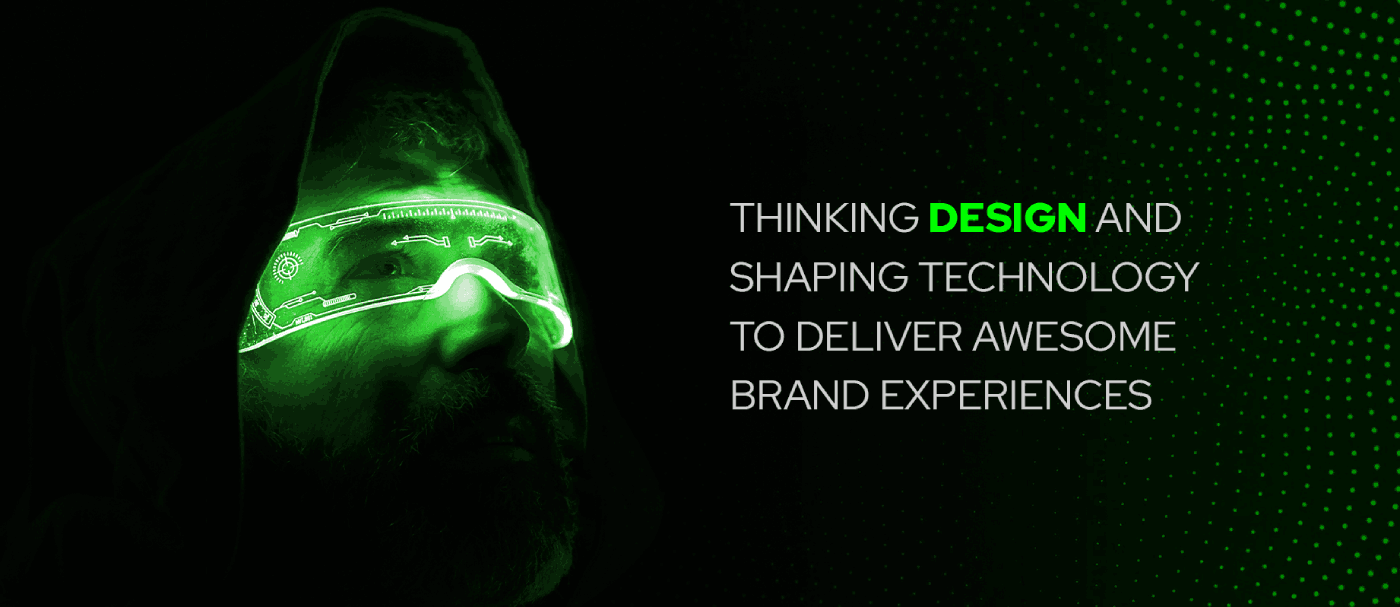

Let’s understand what it means
In a fast-paced world, it’s a challenge to keep individuals engaged. To ensure that the engagement is continuous, individuals must remain motivated with the right set of motivation triggers. Motivators are present in the form of – recognition on achieving a particular goal, elevation of the status quo, attainment of mastery of a specific skill.
Also, there are certain individuals who are motivated when they are given constant feedback.
This is where gamification comes into play. Going by the Cambridge definition –
‘Gamification is the practice of making activities more like games in order to make them more interesting or enjoyable.’
But one must understand the difference between gamification and gaming. Gamification is the implementation of game mechanics in non-game contexts with the intent to engage individuals. Gaming on the other hand provides a simulated environment that directs the player to a win or lose situation in a game.
Gamification can be built into an application that already exists – web sites, enterprise business applications, Intranet applications or mobile apps. Routine tasks can be made interesting and relevant with game mechanics.
Tasks such as capturing responses of customers from social media posts or making outbound calling rewarding and fun for customer care executives. The tangibles for individuals participating in gamification programs are represented by awarding gamification elements namely points, leaderboard positions, badges, levels and avatars.
Where can it be applied?
Gamification can be applied to various business scenarios. The most demonstrated as
A customer engagement platform
Brands need to drive purchase and build advocacy. Gamification can augment the experience for customers participating in loyalty programs. Gamification can drive customers to action desired behavior such as responding to surveys, sharing referrals,
making purchases to accrue points. When it comes to certain categories, points may not be the only motivator. An uplift in the social status triggers the customers desire to move up the ladder.
Airlines, through their frequent flyer programs, have demonstrated measured success with this approach. The overlay of gamification on a loyalty program provides for its longevity.
Also Read: Improving Customer Engagement Using Big Data / Predictive Analytics With Examples
For channel partner promotion management
A space that has been neglected for a while and is worthy of a consideration for FMCG, consumer durable majors or companies that run channel partner programs.
A robust gamification strategy and platform allow companies to break away from the conventional way of managing and communicating partner incentives. Gamification renders an element of competition, transparency, recognition and easy redemption of awarded points.
Boost employee productivity
Employees in any function be it sales, finance, engineering, customer support or supply chain, an overlay of gamification can be applied to tasks to increase productivity and boost morale particularly for a large demographic such as millennials.
Competitions, recognition and reward opportunities catalyze productive results. Organizations have also integrated gamification into their employee onboarding process and micro learning initiatives where the learners are in control of what they’re learning.
Where to start?
Action plan
The starting point is to understand the rationale to introduce gamification to various application areas or tasks. It has to be in-sync with the business objectives. An action plan is then formulated considering the duration of the campaign, resources, budget required and the performance metrics to determine its success.
Gamification programs have to be conceptualized and run like campaigns. The construct of the gamification program is also critical. Example, building in the number of levels of expertise.
ROI
A pertinent question that requires attention- What will define the success of the Gamification campaign? What are the KPIs (Key Performance Indicators) and how are they measured?
Example, ‘Active users’ is always an important KPI, the number of ‘Call for Action’ directs or the ‘value of sales generated’ are other KPIs. The use of analytics can spot the highs and lows of the campaign and the ROI can be linked to each campaign.
Test run
Run a pilot campaign or simulation among a few members before it is rolled out to a larger audience. This provides a window to make improvements before the actual launch of the gamification campaign. Provision for A/B testing of two different campaigns to explore the response of both.
Driven by a dedicated team
Appoint a gamification program owner whose responsibility is to successfully run campaigns in the organization. The designated owner can be a member of the marketing or human resources department’s team depending on whether it is a campaign targeted to customers or employees. Provide a helpdesk for queries and always take feedback.
Technology platform and partner
The choice of a gamification platform is a critical success factor to the saliency of the program. Off-the-shelf products or applications often tend to fail as each organization has a customized requirement. Ensure the technology platform is flexible and scalable to address the organization’s evolving needs.
Gamification is interactive by design and can imbibe a feeling of positive reinforcement for participants. Gamification is a great way to convert customers to fans.
Brands, regardless of the categories and the size of business they represent have managed to leverage gamification to build engagement – Nike, Starbucks, SAP, Samsung, Microsoft to name a few. For gamification to be a way of life in an organization, it has to be well designed, impeccably delivered and managed.
Source: techstory.in
